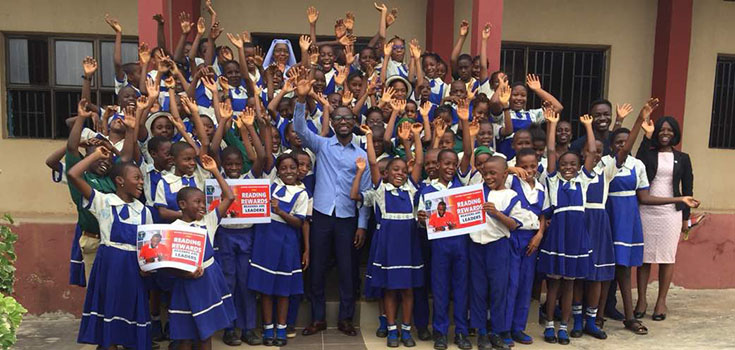Project Context is circumstances in which an event occurs. It is the description of the internal and external environment where the project is going to be undertaken and the effect of the environment on the project. The environment includes risk and opportunity. The project context analyzes the problem and the range of impact of the project strategy to bring the desired change. The project context is also useful to develop appropriate strategies for dealing with the SWOT analysis.
SWOT Analysis
S strength, nature of organization and project that give it an advantage over others
W weakness, nature of organization and project that is disadvantage relative to others
O opportunity, elements that could be used for success of the project
T threat, elements that could cause failure of the project
Strengths and weaknesses are often internal to your organization, while opportunities and threats generally relate to the external environment.
For a proposal, the project not only introduces your project set up but also helps to describe the reasoning factor, why it is important to start this project in this area. Understanding of project context is important for a successful application. It draws a full picture of your project and grabs the attention of the grantor, giving sufficient reason as to why you need the funding to implement the project. Each project is different and has different contextual an issue to deal with therefore it is important to understand a project’s context.
Key Elements of Project Context
The key elements of project context can be divided into the problem, goal, beneficiary and time.
Problem
The problem statement describes the context for the project. You need to address the problem and connect it to the real world. Give an overview of the cause of the problem and its effect. Use stories and anchor those stories with statistics to support your argument. Identify the challenges to addressing the problem. Describe the gap between the problem and solution and the factors that have prevented on solving the problem.
Goal
Goal explains the purpose of the project. What you will accomplish at the end of the project. It can be the measurable changes expected as a result of the project. If there are several goals, relate objectives to the appropriate goal. You need to integrate it with the crosscutting themes. This will explain the purpose of your project to the reader directly and explicitly. You can also include the rationale for your project.
Beneficiary
The project context of an NGO should always focus on the humanistic perspective. It should focus on the people you serve, rather than the need of your organization. Beneficiaries of the project are the people who will directly or indirectly benefit from your project. They are the people whose circumstances you want to change by implementing your idea. Make the context-specific: who will benefit from the program, how many and when.
Time
The effectiveness of project can only be achieved if the project is implemented in the time of need. Timely action is important. Double relay the message on why it is important to take the action now. State the urgency of your project to increase the interest of the donor. The scope of your project is not just about the final result you expect to attain; it is the impact you make along the way.

